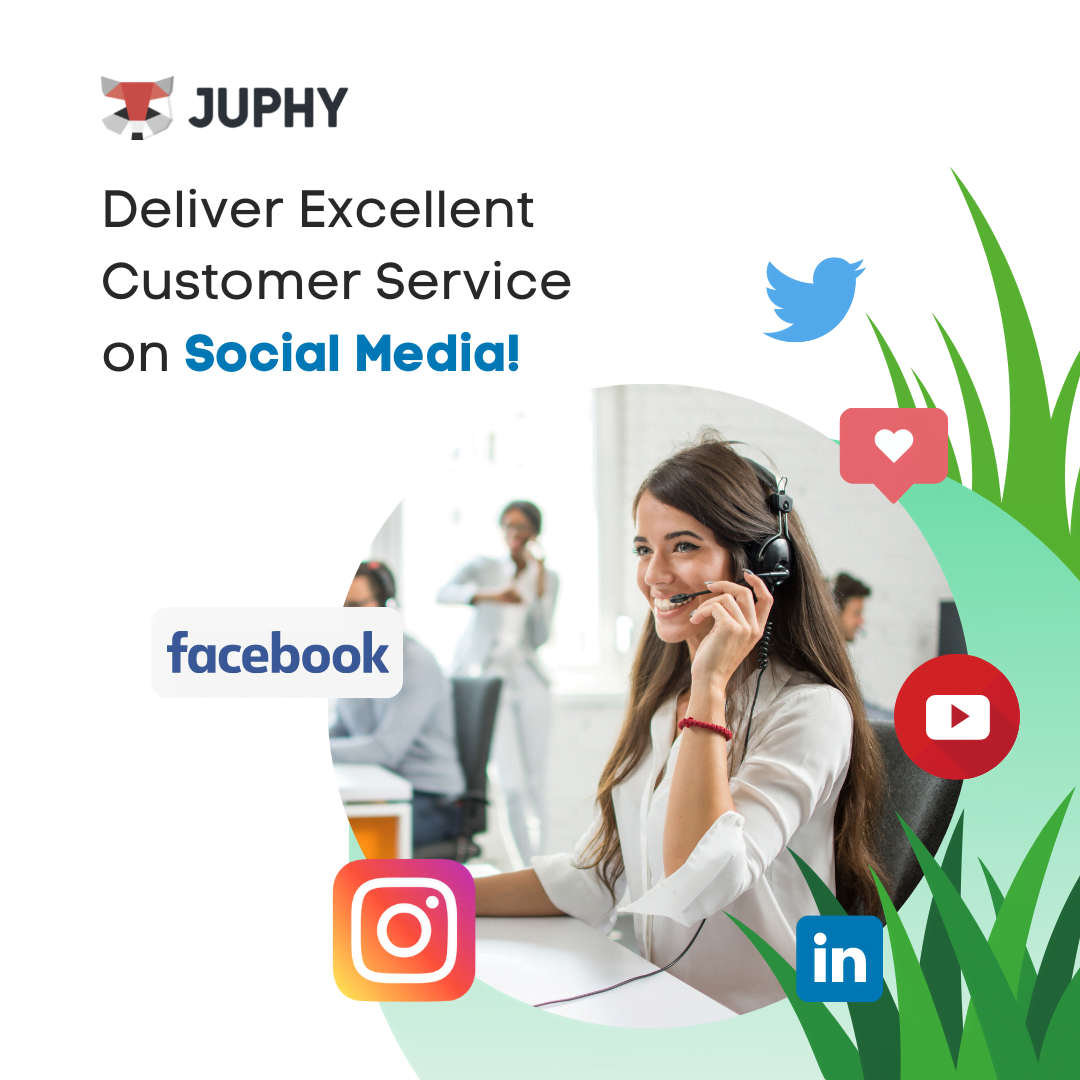Landing pages are a critical component of any digital marketing strategy. They are designed to persuade website visitors to take a specific action, such as filling out a form or making a purchase. However, not all landing pages are created equal. In fact, many businesses struggle to achieve high conversion rates on their landing pages. This article will explore the best practices for landing page optimization for higher conversions in your digital marketing strategy.

Table of Contents
- Understanding the Basics of Landing Pages
- Defining Your Landing Page Goals and Objectives
- Conducting Research on Your Target Audience
- Crafting a Compelling Headline and Sub-Headline
- Crafting a Clear and Concise Value Proposition
- Crafting Persuasive Copy
- Using Images and Videos to Enhance Your Landing Page
- Designing a Simple and User-Friendly Layout
- Creating a Strong Call-to-Action
- Implementing Trust Signals and Social Proof
- Testing and Measuring the Effectiveness of Your Landing Pages
- Best Practices for Optimizing Your Landing Pages
- Common Mistakes to Avoid
- Conclusion
- FAQs
1. Understanding the Basics of Landing Pages
Before we dive into the optimization strategies, it’s essential to understand what landing pages are and why they matter. A landing page is a web page that visitors land on after clicking on a specific ad, email, or other marketing campaign. The purpose of a landing page is to guide the visitor to take a specific action, such as filling out a form or making a purchase.
2. Defining Your Landing Page Goals and Objectives
To optimize your landing pages for higher conversions, you need to have a clear understanding of your goals and objectives. What do you want your visitors to do on your landing page? Is it to fill out a form, sign up for a free trial, or make a purchase? Defining your goals and objectives will help you craft a more effective landing page.
3. Conducting Research on Your Target Audience
To create a landing page that resonates with your target audience, you need to conduct research on their needs, preferences, and pain points. What are their biggest challenges, and how can your product or service help them? By understanding your target audience, you can create a landing page that speaks directly to their needs.
4. Crafting a Compelling Headline and Sub-Headline
Your headline and sub-headline are the first things visitors will see when they land on your page. They need to be attention-grabbing and compelling enough to keep visitors on your page. Use clear and concise language that speaks directly to the visitor’s pain points and needs.
5. Crafting a Clear and Concise Value Proposition
Your value proposition is what sets your product or service apart from the competition. It’s what convinces visitors that your solution is the best choice for their needs. Craft a clear and concise value proposition that highlights the benefits of your product or service.
6. Crafting Persuasive Copy
Your copy is what persuades visitors to take action on your landing page. It needs to be persuasive, compelling, and benefit-driven. Use language that speaks directly to the visitor’s needs and pain points. Use social proof, such as testimonials, to reinforce your message.
7. Using Images and Videos to Enhance Your Landing Page
Images and videos can help enhance your landing page and make it more visually appealing. Use images and videos that showcase your product or service in action. Use high-quality visuals that are relevant to your message.
8. Designing a Simple and User-Friendly Layout
Your landing page layout should be simple, user-friendly, and easy to navigate. Use white space to create a clean and uncluttered design. Keep your page elements organized and easy to find. Use a consistent colour scheme and typography that matches your brand.
9. Creating a Strong Call-to-Action
Your call-to-action (CTA) is the button or link that visitors click to take action on your landing page. It needs to be clear, compelling, and prominently displayed on the page. Use action-oriented language that encourages visitors to take action, such as “Sign Up Now” or “Get Your Free Trial.”
10. Implementing Trust Signals and Social Proof
Trust signals and social proof can help build trust and credibility with your visitors. Use logos of well-known brands you work with or trust badges to showcase your credentials. Include customer testimonials or ratings to show that others have had a positive experience with your product or service.
11. Testing and Measuring the Effectiveness of Your Landing Pages
To optimize your landing pages for higher conversions, you need to continually test and measure their effectiveness. Use A/B testing to test different versions of your landing page and see which one performs better. Analyze your metrics, such as bounce rate, conversion rate, and time on page, to identify areas for improvement.
12. Best Practices for Optimizing Your Landing Pages
- Keep your messaging clear, concise, and benefit-driven
- Use attention-grabbing headlines and sub-headlines
- Include a clear and compelling call-to-action
- Use visuals that enhance your message and support your value proposition
- Keep your layout simple and user-friendly
- Test and measure the effectiveness of your landing pages continually
13. Common Mistakes to Avoid
- Overwhelming visitors with too much information or too many choices
- Using vague or confusing language in your messaging
- Hiding your call-to-action or making it difficult to find
- Using low-quality visuals or irrelevant images
- Neglecting to test and measure the effectiveness of your landing pages
14. Conclusion
Optimizing your landing pages for higher conversions is a critical component of your digital marketing strategy. By following these best practices, you can create landing pages that resonate with your target audience, persuade visitors to take action, and ultimately drive more leads and sales for your business.
15. FAQs
- What is a landing page? A landing page is a web page that visitors land on after clicking on a specific ad, email, or other marketing campaign. The purpose of a landing page is to guide the visitor to take a specific action, such as filling out a form or making a purchase.
- What makes a landing page effective? A landing page is effective when it speaks directly to the visitor’s needs and pain points, uses clear and concise language, and persuades visitors to take action through a compelling call to action.
- How can I measure the effectiveness of my landing pages? You can measure the effectiveness of your landing pages by analyzing metrics such as bounce rate, conversion rate, and time on page. A/B testing can also help you identify which version of your landing page performs better.
- What are some common mistakes to avoid when optimizing landing pages? Common mistakes to avoid include overwhelming visitors with too much information, using vague or confusing language, hiding your call-to-action, using low-quality visuals, and neglecting to test and measure the effectiveness of your landing pages.
- How often should I test and measure the effectiveness of my landing pages? You should continually test and measure the effectiveness of your landing pages to identify areas for improvement and optimize for higher conversions.
READ ALSO: Why Content Marketing is important?









Leave a Comment
You must be logged in to post a comment